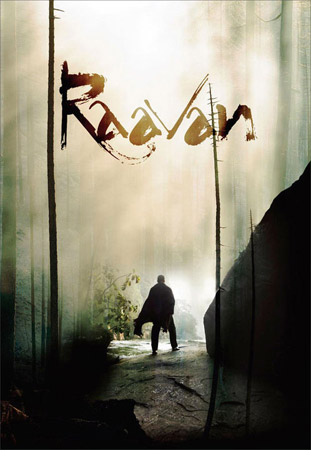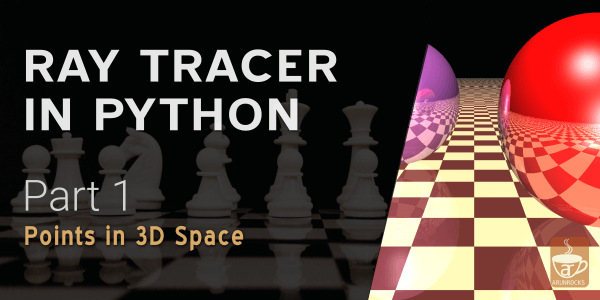Warning: May contain spoilers!
‘Raavan’ is not the Mani Ratnam movies of the eighties/nineties where human relationships are painted on the broader context of a social problem (Terrorism in Roja, Underworld in Nayakan). It firmly belongs to the ever-shrinking world of the 21st century and the complexity of interpersonal relationships come to the fore. However, it isn’t a run-of-the-mill revenge drama by the genius either.

It has to be rather seen as a modern interpretation of the timeless epic of Ramayana. On the screen the characters unfold and the motives that drive them help you relate to their counterparts in the classic, leaving a uniquely rewarding experience. Mani has admirably adhered to the characters and have not compromised any of their attributes for the sake of novelty. Yet he brilliantly manages to give a fresh perspective in the climax.
Unlike his earlier films, visuals do not just serve as a aesthetic backdrop. In Raavan, it is visuals that tell the story and essentially the defining character of the movie. The unique camera angles from the sideways shots of a dragon fly to the wings of an eagle in flight conveys a jungle filled with eyes. Yet, Beera the forest brigand is an elusive being momentarily seen and the next moment unseen. A maligned force hiding gloriously in plain sight. An enigmatic presence in the teeming abundance of nature. You realise at once that you are truly in Raavan’s “Golden Lanka”.
Camera falls in love with Ragini, played by Aishwarya Rai, from the moment we find her in a raft. It slowly dives into her emerald green eyes and thus hopelessly smitten. It lazily flirts with her, falls into her tresses and even while it momentarily glances afar, only to longingly pan back to her.
Stuck almost claustrophically in a teeming forest, Ravan heightens your senses to a state of alertness. This sensation is almost killed off thanks to the slow progression of events in the first half. But the visual feast continues till the very end and leaves a lasting impression thanks to the mavericks behind the camera.
You can bet on ARR to effortlessly weave the music and background score into the story. The dominant tribal and folksy elements in the score amplifies the experience. Gulzar’s pen again works its magic and sometimes the story relies too much on that magic. For instance, the motives of the bandits are not fully clear and only revealed through the song ‘Thok De Khilli’. This is rather unfortunate because of the odd placement of the song in the heat of the events.
Thankfully, the story picks up in the second half leading to some unexpected twists. Certain scenes are truly hair-raising (such as Beera confronting Sanjeevani) and Mani rewards you for your patience.
I feel Mani has essentially conveyed the essence of Ramayana which is a study of two legendary heroes Ram and Raavan. In fact, Ram and Raavan are essentially the same heroic personality in two different moral planes by mere turn of events. The motives of Raavan were questionable, yet his conduct was indeed noble. In a different context, the roles may have been reversed and yet one might praise the virtuous characters of one versus the other. It is precisely this irony of the epic that the master story-teller Mani Ratnam has tried to portray.
Addendum: Raavanan Review
One of the major flaws of Raavan (Hindi) was the casting. Abhishek Bachan’s overacting and Vikram’s unconvincing portrayal as the ‘good guy’ left audience confused as these characters had shades of grey.
On the other hand, the casting in Raavanan (Tamil) is perfect to a tee. Vikram’s subtle yet engaging performance, keeps you guessing if this brute is even capable of love. The fire and insanity glowing through his eyes justifying the eccentricities of the character. Prithiviraj perfectly suits the role of the duty bound police officer. Karthik also fits in his whimsical yet likeable character perfectly.
The dialogues are also better in the Tamil version. Cheesy dialogues like ‘Is Beera a Robin hood or a Raavan?’ have been thankfully omitted. Some scenes by Vikram manage to convey the visual narrative better. For e.g. when Veera enters Dev’s tent (which he refers to as his palace), his shock-then-anger reaction to his mirror image is quite interesting. It effectively conveys that the Veera/Dev characters are mirror images of each other.
In a nutshell, Raavan was boring till the end of the first half while Raavanan manage to engage till the very end. It is amazing to find such contrast in the movie experience despite identical screenplay and visualisations. So my recommendation is clear - it’s Raavanan all the way.




